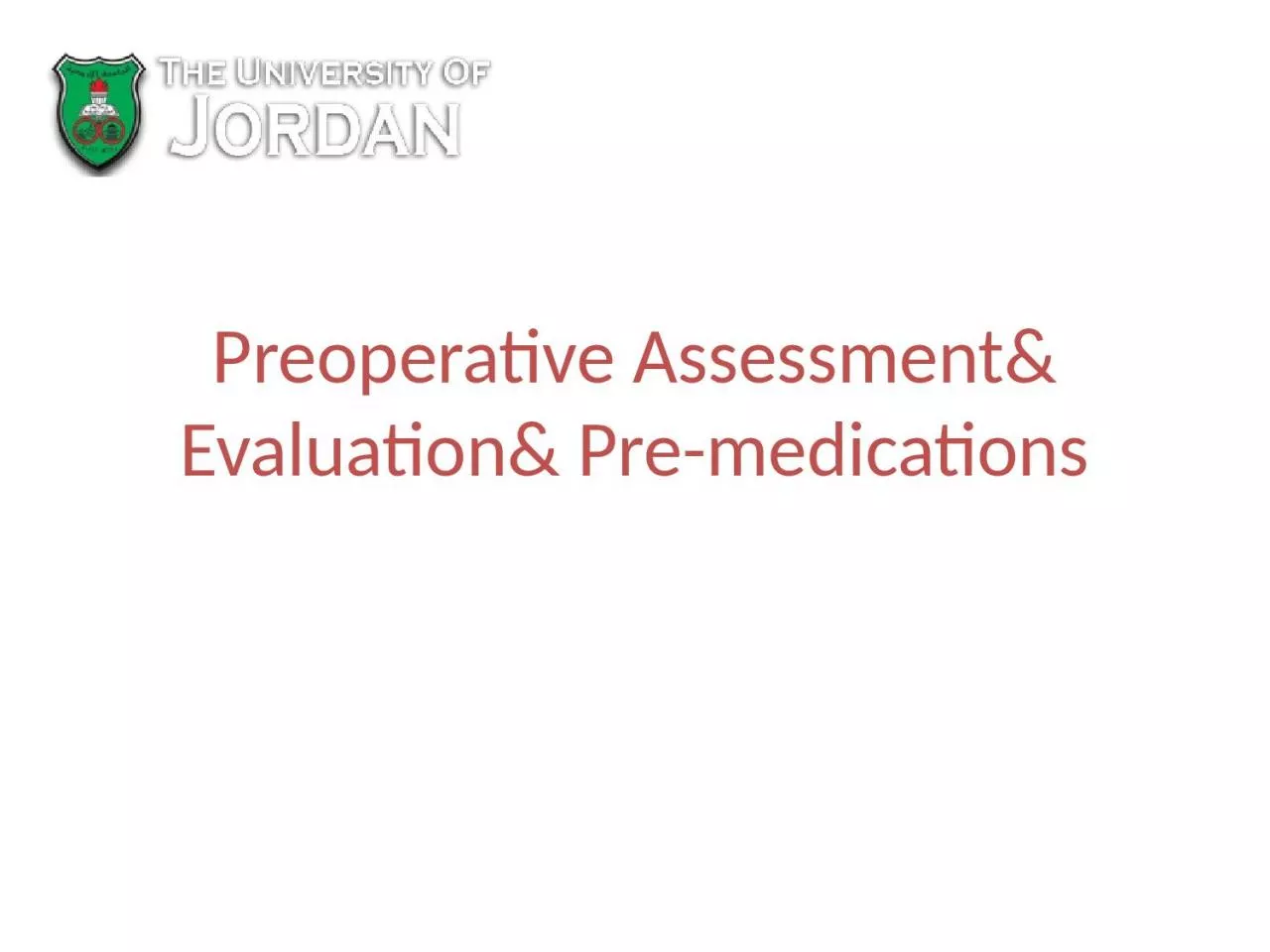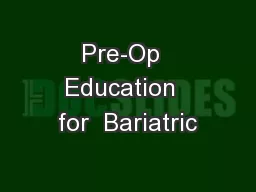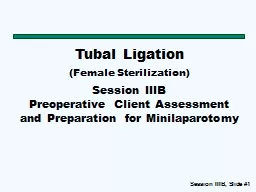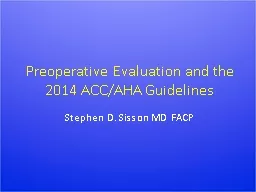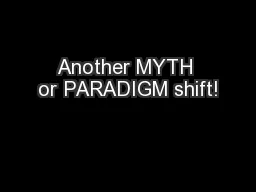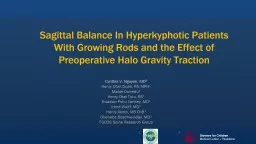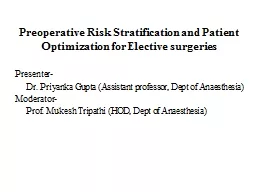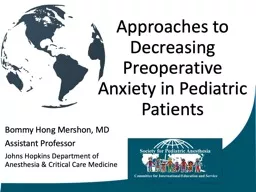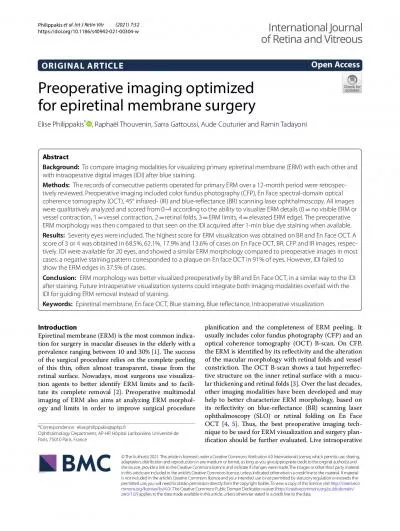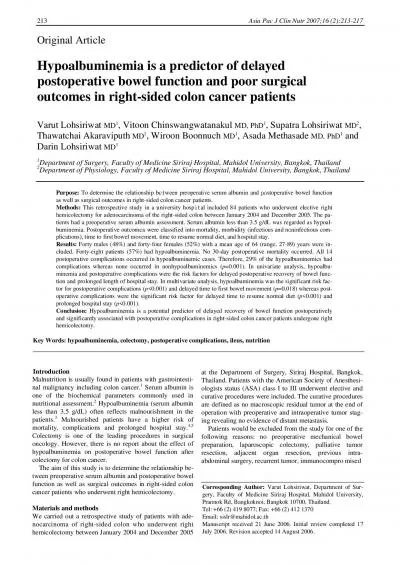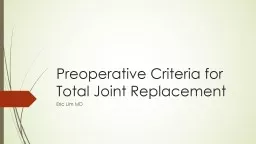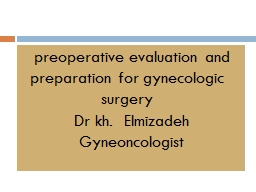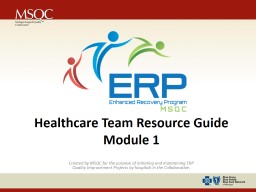PPT-Preoperative Assessment& Evaluation& Pre-medications
Author : PeacefulPlace | Published Date : 2022-07-28
Objectives Determine pt medical status by 1 Proper history 2 Physical exam 3 Indicated Lab Investigations 4 Review medical records 5 Consider if needed further
Presentation Embed Code
Download Presentation
Download Presentation The PPT/PDF document "Preoperative Assessment& Evaluation&..." is the property of its rightful owner. Permission is granted to download and print the materials on this website for personal, non-commercial use only, and to display it on your personal computer provided you do not modify the materials and that you retain all copyright notices contained in the materials. By downloading content from our website, you accept the terms of this agreement.
Preoperative Assessment& Evaluation& Pre-medications: Transcript
Download Rules Of Document
"Preoperative Assessment& Evaluation& Pre-medications"The content belongs to its owner. You may download and print it for personal use, without modification, and keep all copyright notices. By downloading, you agree to these terms.
Related Documents

